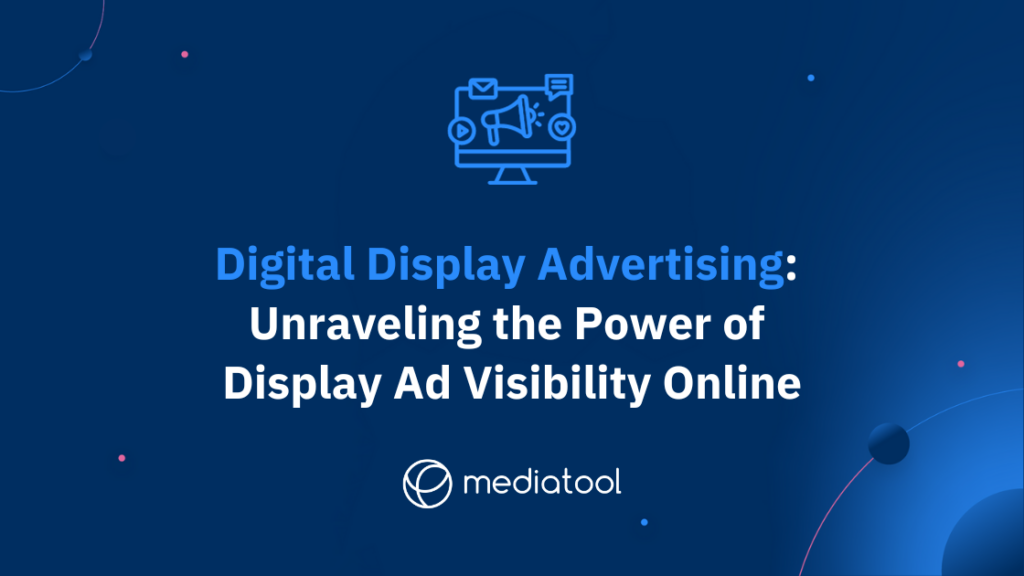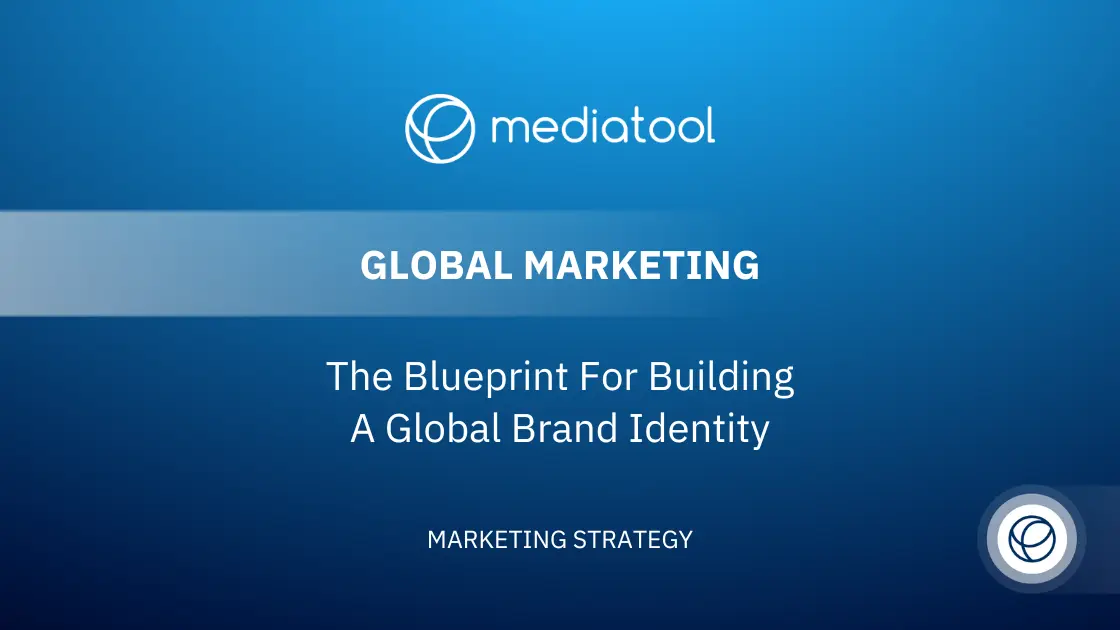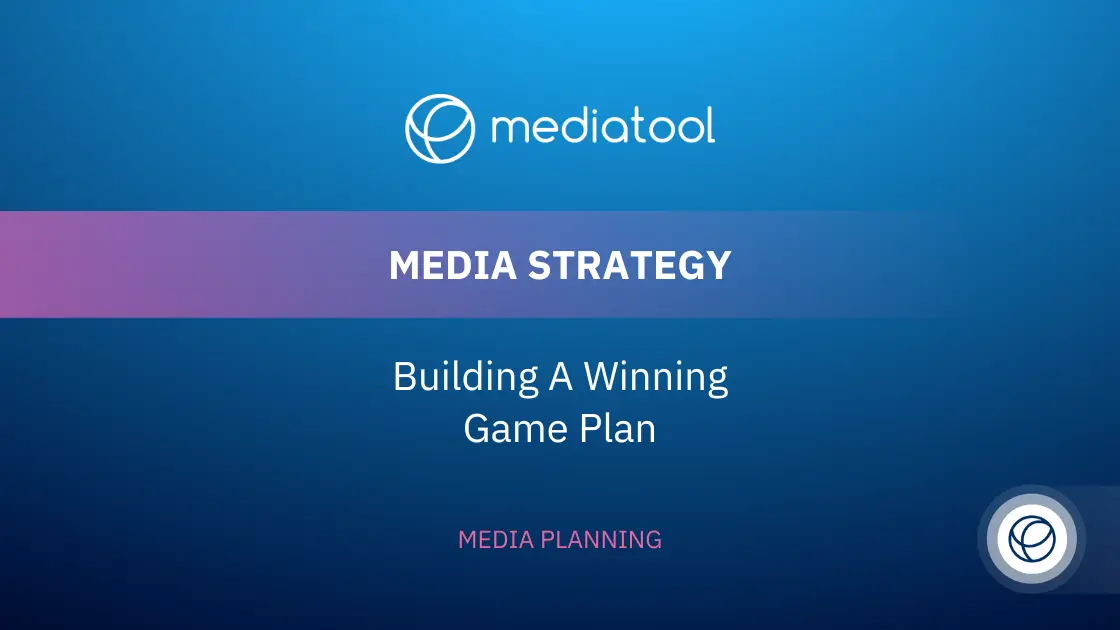Introduction to Digital Display Advertising
Navigating the crowded and complex world of digital marketing presents a key challenge for businesses: achieving visibility and engaging effectively with the target audience. Digital display advertising has become a crucial solution in this arena.
These advertisements, ranging from banner ads on websites to video ads in online games, are not just visually striking; they’re a strategic, data-driven approach to capturing user attention in the digital space.
However, challenges like ad blockers, banner blindness, and click fraud can affect the success of digital display advertising campaigns. Despite these hurdles, when utilized effectively, digital display ads offer significant advantages. They enable businesses to visually and contextually showcase their brands, target specific demographics, and reach a broad, diverse audience, surpassing the limitations of traditional advertising methods.
This guide will explore the essentials of digital display advertising, comparing it with other advertising forms, and discussing how to integrate it into your marketing strategies. It will also examine the advantages and potential drawbacks of this advertising approach, equipping you with the knowledge to make informed decisions for your business.
What is Digital Display Advertising?
Digital Display Advertising, a pivotal element in digital marketing campaigns, represents a dynamic online advertising category. This includes various display advertising formats like banner ads, interstitial ads, and video ads, all aiming to visually engage internet users. These display ads populate websites, social media platforms, and mobile apps, creating an interactive digital environment.
Key to this strategy is the Google Display Network and Facebook Audience Network, which allow for expansive reach and precise targeting. Through these networks, display ads are strategically placed on different websites and third-party websites, ensuring that they appear to the most relevant target audience. This targeting can be based on demographics, user behavior, or even contextual factors.
One significant advantage of a display advertising campaign is the ability to measure display ad performance. Tools like Google Analytics provide insights into how users interact with the ads, including click-through rates and conversions, enabling advertisers to refine their approach for future campaigns.
Display marketing also encompasses responsive display ads, which automatically adjust their size and format to fit various ad units on web pages. This versatility ensures that the ads are visually appealing and effective across multiple devices, including mobile devices.
The incorporation of rich media, such as audio and video content, in display ad campaign designs makes them more engaging than traditional advertising methods. This not only helps in increasing brand awareness but also in generating leads and attracting new audiences.
Additionally, the use of native ads and native advertising strategies allows ads to blend seamlessly with the content of the platform, enhancing user experience and reducing the impact of ad blockers. Interactive ads like lightbox ads also contribute to a more engaging user experience, encouraging users to interact with the brand.
5 Types of Display Ads
In the ever-evolving digital marketing landscape, the category of display ads offers a broad palette of options to reach and engage your target audience. The trick, however, is knowing which type of display ad campaign what to use and when. So, let’s take a deep dive into the five primary types of display ads.
Banner Ads
These are the most recognizable forms of digital display advertising. They’ve been around since the dawn of the internet and are a popular choice due to their simplicity and efficiency. Banner ads are typically rectangular and placed at a web page’s top, bottom, or sides.
They can contain text, images, or even animations, effectively boosting brand awareness, announcing new products or offers, and directing traffic to a website.
The continuous popularity and effectiveness of banner ads are demonstrated by the projected ad spending in the banner advertising market for 2023, which is expected to reach an impressive US$161.80 billion. But the key here is to strike a balance between grabbing attention and avoiding being overly intrusive, which could lead to banner blindness.
Interstitial Ads
The term ‘interstitial’ means ‘in between,’ and that’s exactly where these ads appear – between pages or sections of a website or app.
They’re like a commercial break during your favorite TV show, providing an intermission in the user’s activity. They’re typically full-page ads, providing ample real estate for engaging content.
Notably, playable interstitial ads in games have improved retention by 40%, and over 70% of ads gamers see are interstitial. Interstitial ads can be great for promoting special offers or new products, but caution should be taken as they can be perceived as disruptive if not implemented correctly.
Rich Media Ads
If you’re looking for an ad format that breaks the mold, rich media ads could be just the ticket. These ads include advanced features like video, audio, or interactive elements, providing users with a more engaging and immersive experience.
Rich media ads can dramatically increase engagement, whether it’s a video that plays automatically, an ad that expands when you hover over it, or an interactive game that encourages user participation.
They’re more complex to create than static banner ads, but the potential payoff in user engagement and conversion can be well worth it.
Video Ads
With the rise of video content consumption online, it’s no surprise that video ads have become a critical part of the display advertising mix.
These ads can be standalone videos on a webpage or in-stream ads that play before, during, or after a video the user has chosen to view. Video ads offer the unique advantage of storytelling, allowing brands to convey their message in a dynamic and engaging way.
However, they require more resources to produce than static ads, and consideration needs to be given to the user’s experience, particularly in terms of video length and control options.
Mobile Ads
With more and more internet browsing happening on mobile devices, mobile ads have become necessary. These ads are specifically designed for the smaller screen sizes and unique functionalities of mobile devices.
Mobile ads can take many forms, including banners, interstitials, video, and rich media, but they’re optimized for the mobile experience.
They can be particularly effective for location-based advertising, thanks to the GPS capabilities of mobile devices.
The type of display ad you choose will depend on your marketing objectives, target market, audience, budget, and creative resources. Each type offers advantages and considerations, so understanding their unique characteristics is critical to maximizing your display advertising strategy.
With the right mix of ad types, you can effectively engage your audience, convey your message, and drive action toward your brand.
Digital Display Ads versus Native/Search Ads
The world of online advertisement often presents a blend of various ad types, each serving unique purposes and targeting audiences differently. Understanding the distinction between digital display ads, native ads, and search ads is crucial for effective digital marketing efforts.
Digital Display Ads: The Internet’s Billboards
Digital display advertising, akin to billboards on the internet, is designed to be visually appealing and immediately noticeable. These ads use multiple images, videos, or interactive content and are often placed in designated ad spaces on web pages or within apps.
Display ads can vary widely in format, including banner ads, lightbox ads, and responsive display ads. Their primary goal is to increase brand awareness and attract audiences, often measured by impressions and reach.
The Google Display Network plays a pivotal role in placing these ads across various online platforms, enhancing their visibility to potential customers.
Native Ads: Blending In with Content
Native advertising, in contrast, aims to seamlessly integrate with the user’s browsing experience. These ads mimic the look and feel of the surrounding content, whether it’s a sponsored post on social media or a recommended article on a website.
Native ads are less intrusive and focus on providing value while subtly promoting a product or service. The effectiveness of native ads is often measured through engagement metrics, reflecting their ability to encourage users to interact with the content without feeling disrupted.
Search Ads: Targeting User Intent
Search ads represent a more focused approach, appearing on search engine results pages (SERPs) when users actively seek information related to specific keywords.
These pay-per-click (PPC) ads, often seen in Google Ads, are designed to blend with organic search results but are marked as advertisements. They cater to a target market with a stronger intent to purchase or find information, making them highly effective for generating leads.
The performance of search ads is commonly evaluated through click-through rates and conversions, reflecting their ability to attract potential customers based on user behavior and proper targeting.
Comparing the Ad Types
Each ad type has its unique placement and purpose. Display ads, with their eye-catching designs, are used across different websites and third-party websites, aiming to attract a broad audience. Native ads, conversely, are found within content streams and focus on contextual relevance. Search ads are limited to SERPs but offer precision targeting based on user queries.
When measuring ad performance, display ads focus on reach and visibility, search ads on conversions and click-through rates, and native ads on engagement and content integration.
This diversity in advertising strategies allows marketers to tailor their campaigns, whether they aim to create brand awareness, generate leads, or encourage user engagement.
Why You Should Include Digital Display Ads in Your Marketing Campaigns
Digital display advertising stands as a powerhouse, proven by its impressive growth and effectiveness. Understanding why and how to integrate display ads into your marketing efforts is crucial for any modern marketing strategy.
The Rise of Display Advertising
The surge in ad spend on digital display advertising is a testament to its effectiveness. In the U.S. alone, spending reached a staggering 63.5 billion U.S. dollars in 2022, marking a 12% increase from the previous year.
This upward trend highlights the growing confidence of businesses in display advertising as a tool for boosting brand visibility and engagement.
Unmatched Visibility and Creative Freedom
Digital display ads serve as vibrant ambassadors for your brand, offering unparalleled visibility across numerous digital platforms. Their visual appeal and creative versatility far surpass those of other ad formats like search or native ads.
These ads don’t just tell your audience about your brand; they show it, using a mix of colors, images, and videos to craft compelling visual narratives.
Advanced Targeting and Retargeting Capabilities
The targeting precision of display ads is a key differentiator. Utilizing platforms like Google Display Network and responsive display ads, advertisers can reach specific demographics, interests, and behaviors.
Retargeting amplifies this effect, significantly boosting brand-related search queries and site traffic, as evidenced by research indicating increases of up to 1,046% and 726%, respectively.
Expansive Reach Across Platforms
The internet’s vastness is leveraged to its fullest with display advertising, enabling brands to cast a wide net. Display ads are omnipresent, appearing on web pages, social media, mobile apps, and more.
They adeptly adapt to various devices, including mobile, ensuring that your brand connects with audiences wherever they are.
Real-Time Tracking and Budget Efficiency
Digital display advertising excels in accountability. Real-time performance tracking of online ads allows for immediate strategy adjustments, optimizing ad spend. This aspect of display marketing is crucial for running a successful campaign, ensuring that every dollar is well-spent.
Seamless Integration with Other Marketing Efforts
Display ads are not standalone entities; they complement and enhance other digital marketing components. They can drive traffic to your website or landing pages, aiding SEO efforts, or synergize with content marketing strategies, promoting content to a broader audience.
The integration of digital display ads in your marketing campaigns is not just a trend but a strategic necessity. From enhancing brand visibility to offering advanced targeting and ensuring budget efficiency, display advertising campaigns are indispensable in the digital marketing landscape.
Whether it’s through Google Ads or other ad networks, leveraging the power of display ads can lead to a more successful campaign, effectively reaching and engaging with both existing customers and new audiences.
What Are the Benefits and Downsides to Display Advertising?
As the saying goes, every coin has two sides. And in the case of display advertising, the saying holds true. While it packs a punch with various benefits, it’s not without its downsides. But fear not. We’re here to guide you through the good, the bad, and the eye-opening.
Let’s kick things off with the benefits.
Reach and Visibility:
One of the main strengths of display advertising is its ability to reach a wide audience. Millions of websites display ads, meaning your ad could potentially be seen by anyone, anywhere, at any time. Talk about visibility!
This broad reach can significantly boost brand awareness and get your brand in front of potential customers.
Targeting Capabilities:
Do you want your ads to be seen by dog owners in Dallas or cheese lovers in Chicago? With display ads, you can do that! Sophisticated targeting capabilities allow you to serve your ads to specific groups based on demographics, interests, geographical location, and more.
This precision targeting helps ensure your ads reach the people most likely to be interested in your product or service.
Creativity and Branding:
Display ads offer a canvas for creativity. Whether it’s through engaging graphics, enticing text, or a combination of both, you can create visually appealing ads that capture attention and convey your brand’s personality.
This creative element can help your brand stand out from the crowd and leave a lasting impression on viewers.
Measurable Results:
One of the key advantages of digital advertising is its measurability. With display ads, you can track metrics like impressions, clicks, and conversions, providing valuable insights into your ads’ performance. This data can help inform your strategy, allowing you to adjust and optimize your campaigns for better results.
Now, let’s flip the coin and look at the downsides.
Ad Blockers:
Ad blockers are the bane of display advertising. These tools allow users to block ads from appearing on their screens. To put it in perspective, about 40% of internet users in the United States use ad-blocking technology on their devices.
This means that a considerable portion of your audience may never see your advertisements, reducing the potential reach of your ad campaign.
Banner Blindness:
Even if your ads get past the ad blockers, there’s another hurdle to overcome: banner blindness. This term refers to the phenomenon where users subconsciously ignore banner-like information on websites. This can reduce the visibility and effectiveness of your display ads.
Intrusiveness:
While display ads can be attention-grabbing, they can also be seen as intrusive if they disrupt the user’s online experience. This can lead to negative perceptions of your brand and potentially discourage users from engaging with your ads.
Click Fraud:
Click fraud is a fraudulent activity where a person, automated script, or computer program imitates a legitimate user clicking on an ad. This can inflate your ad costs and skew your performance metrics, making it difficult to assess the true effectiveness of your campaigns.
Conclusion
While display advertising offers numerous benefits, such as wide reach, precise targeting, creative branding, and measurable results, it also comes with its share of challenges. However, understanding these potential downsides can help you navigate them effectively and maximize the benefits of your display advertising campaigns.
Remember, the key to successful display advertising lies in striking a balance between capturing attention, providing value, and respecting the user’s online experience. Happy advertising!





